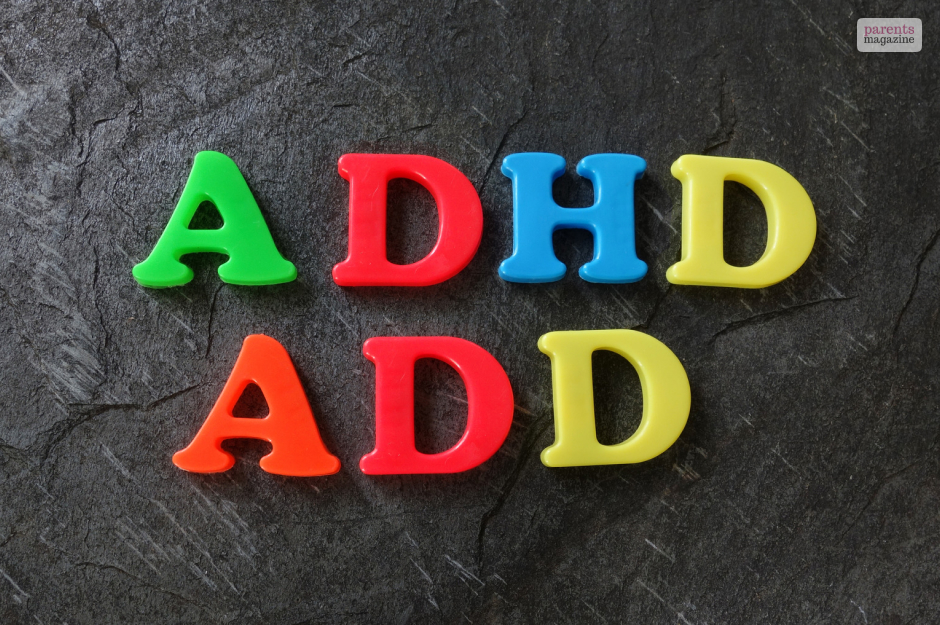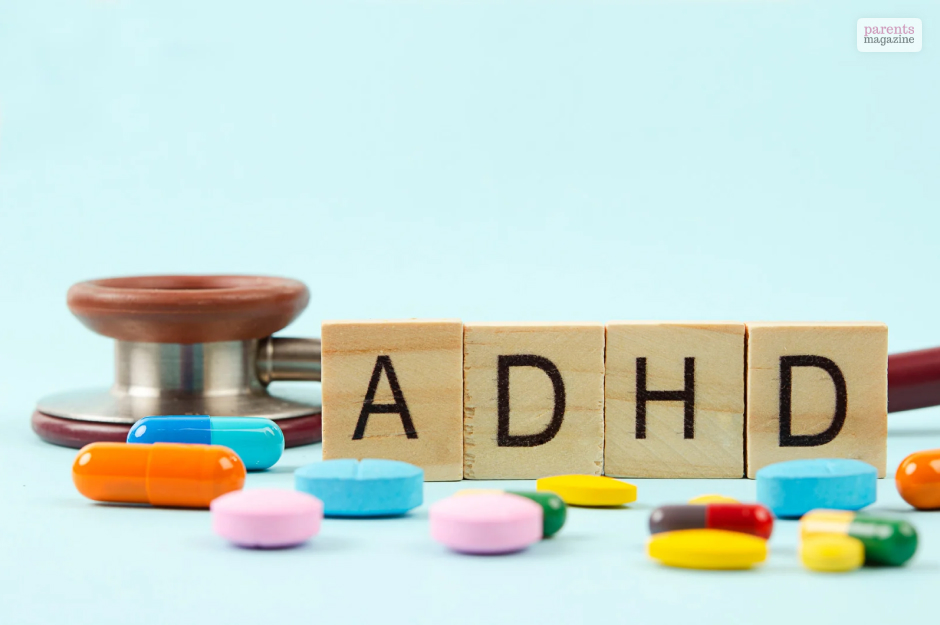
The ADD Test Journey: A Teen’s Guide to Self-Discovery
Navigating adolescence can be difficult. Especially when someone is dealing with ADHD, it becomes challenging to navigate their personal, social, and academic life.
It’s extremely important to find and navigate through a path that helps teenagers with ADD cope with their condition and also win in life. That’s why mental health experts suggest taking an ADD test for teens to help them understand their condition.
But are ADHD and ADD the same thing? What are the medical diagnostic processes to help someone understand the symptoms of ADHD? In this article, we have explained what ADD is and how to take ADD tests for teens to
Understanding ADD
ADD stands for attention deficit disorder. It’s usually the outdated term for ADHD, which translates into attention deficit hyperactivity disorder. This term became obsolete after the American Psychological Association stopped its use in 1987.
However, the term ADD is still in use and denotes a particular ADHD type called inattentive ADHD. ADHD is something that makes it difficult to maintain attention. This type of mental disorder also accompanies other signs like impulsivity and hyperactivity from time to time. This disorder can affect a person by hindering their academic performance and social interactions and lowering self-esteem.
ADD, for teens, is a different way to process valuable information, interact and stay productive. Instead of seeing it as a disorder, many teens use ADHD to their advantage.
What Is ADD?

In the medical field, the term ADD describes people who find it difficult to follow instructions or pay attention to something they are doing. Another trait of people with ADD or ADHD is to become hyperactive.
However, no one can have ADHD. However, hyperactive behavior may not be present in everyone. As we said before, ADD is the backdated term for the same mental disorder we now address as ADHD.
ADD in teens is a neurological disorder defining a poor working memory, making someone lack attention and stay distracted. Teens with ADD may face difficulty focusing on schoolwork, forget necessary appointments, and lose track of time quickly.
If we see it as a type of ADHD, it makes it difficult to pay attention to details, causes essential items to be lost, and prevents us from paying attention to details. People with this type of ADHD lack executive functioning working memory, which are some of the processes in the brain that help them pay attention, plan, and organize.
ADD and ADHD: What are the Differences?

Yes, it’s true that ADD is an outdated term for ADHD. We often use ADD and ADHD interchangeably. But it’s important to note that both ADHD and ADD have some differences. ADD is the colloquial term for the inattentive type of ADHD. Formerly, the same type of ADHD used to be addressed as attention deficit disorder.
Here are the key differences between ADD and ADHD –
- Attention deficit ADHD is a neurological or psychological disorder.
- ADD is no longer a medical diagnosis. Currently, the term is used to suggest mainly the Inattentive type of ADHD and the symptoms that are associated with it.
- Doctors started to use the term ADHD in 1994 to refer to inattentive and hyperactive types of ADHD subtypes.
- However, the term ADD is still in use, thanks to some parents, teachers, and adults.
Symptoms of ADD
Inattentive ADHD does not show any symptoms or disruptive actions like the other two types of ADHD. The first two types, hyperactive-impulsive and combined type of ADHD, have more prominent symptoms. Although not too extreme, here are some standard systems of ADD –
- Poor working memory.
- Distractibility.
- Inattention.
- Poor function for executing anything.
The ADD Test: What It Is
The ADD test for teens is a process involving different types of assessments conducted by healthcare professionals. These tests help elevate someone’s attention span and help them control their impulse and several other cognitive functions.
Mental health experts have some tests and procedures for ADD tests for teens. Some common areas of this test include –
Self-Reflection: The ADHD test helps teenagers understand their personal strengths and weaknesses. However, through self-reflection among teenagers can also tap into the process of discovery.
Validation: living with ADHD can cause someone to have extreme levels of confusion and frustration. For someone living with ADD, it’s important to validate their own emotions and what they have been dealing with.
Path Forward: The next step involves paving the path toward healing. It leads teens in a direction where they are comfortable seeking help.
How is ADHD Diagnosed?

The clear and correct answer to this question is there’s no specific test for diagnosing ADD or the inattentive type of ADHD. In most cases, children with ADD usually never show any disruptive signs of ADHD in school or in other social settings.
In most cases, people see them as shy or describe them as being in their own world or as shy. However, they may very well have any signs of ADHD. The mental health expert would run research on the past 6 months of the teenager’s life to trace any examples of ADHD.
In addition, they will also run a physical examination of the teen to cancel out other psychiatric conditions that might be causing some of these conditions. Once they run a thorough examination of the patient, they will evaluate them for further signs to identify the type of ADHD someone has.
How to Embrace Self Discovery with ADD?
Self-discovery is an ongoing journey. And it’s important to find your process of self-discovery to help you get through the situation. However, if you are looking for tips, you can do a few things.
Journaling: one of the best tactics for getting through ADD is journaling. Journaling is a practice that helps you find a pattern to your emotions. In fact, instead of taking your feelings out, journaling them gives you a pathway to express them. Later, you can go back to your journal and analyze your emotions to understand yourself better.
Mindfulness Practices: practice mindfulness to help yourself overcome overwhelming situations and control your emotions. There are many good practices to help you build mindfulness and have better control over your feelings.
Content With Others: If you are dealing with ADD, know that you are never alone. Many other people are dealing with the same troubles and struggles as you every day. It would help you significantly to seek help and find support among people who are also going through the same difficulty you are going through.
Conclusion
ADD tests for teens are not just about the diagnosis. It’s a process of self-discovery that helps you find ways to navigate the challenges you might face with ADD. Once you start on this new journey of self-discovery, you will find a newer version of yourself who’s more resilient, confident, and strong enough to deal with life’s difficulties.
Remember, ADD is just a single part of who you are. The negative sides of ADD don’t define you as a person. In fact, it leaves you with more power and clarity in life to deal with difficulties.
You May Also Like To Read:
Already have an account?
Sign In
Create your account
User added successfully. Log in








